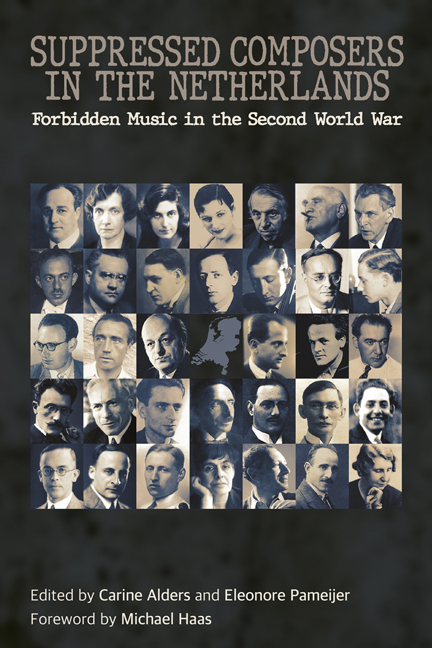30 - Zoltán Székely
Published online by Cambridge University Press: 09 May 2024
Summary
On 4 September 1925, at the third festival of the International Society for Contemporary Music in Venice, a young Hungarian violinist presented his own sonata for solo violin. The response to his performance was overwhelming: thunderous applause from the audience, praise from colleagues and enthusiastic reviews from the international press. It was a splendid success for Zoltán Székely. In the audience was his future wife, Igminia (Mientje) Everts, from Nijmegen. She recalled the impassioned response from the public: ‘I have seen with my own eyes Stravinsky and Schoenberg standing on their chairs in the Gran Teatro La Fenice in Venice to applaud Zoltán's performance of his Solo Sonata!’
Zoltán Székely was born on 8 December 1903 in Kocs, Hungary. His father, László Székely, was a doctor, whose work required the family to move from time to time. At home there was music every day: László played the violin, his wife, Erzsébet, sang and Zoltán's sister, Piroska, played the piano. László, unfamiliar with classical music, played the folk-music of the Hungarian countryside. He was an avid fan of gypsy music and during his student days in Budapest he had befriended several gypsy violinists.
Zoltán was fascinated by his father's playing and started playing the violin himself at around the age of nine. His family, recognising his exceptional talent, moved to Budapest two years later and enrolled him at the Franz Liszt Academy of Music. He studied violin with Jenő Hubay, chamber music with Leó Weiner and composition with Zoltán Kodály. In these years at the Academy he also became friends with Géza Frid and Pál Hermann.
Székely's acquaintance with Béla Bartók, arranged by Kodály in March 1921, was of immense importance to the young violinist. Kodály, a close friend of Bartók, advised Székely to bring his own work to the meeting. Bartók was twenty years older than Székely and already a famous composer and pianist. Consequently, a considerable difference in both age as well as status existed. Székely showed Bartók his solo sonata, which he had written a year earlier. Bartók was much impressed and the following month they gave two concerts together.
- Type
- Chapter
- Information
- Suppressed Composers in the NetherlandsForbidden Music in the Second World War, pp. 275 - 284Publisher: Boydell & BrewerPrint publication year: 2024



